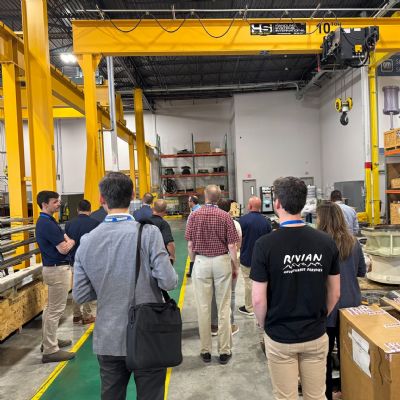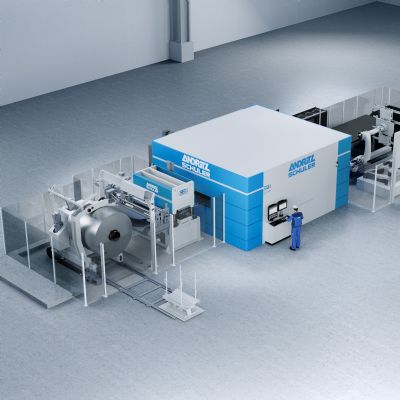Press Design Elements That Affect Maintaining Parallelism Under Off-Center Loading
July 27, 2023Comments
1. What are the main press-design elements that affect maintaining press parallelism under off-center load conditions?
The two main press-design elements that counteract off-center loading through the forming stroke are the connection points and the slide-guide systems. Both play an important role in maintaining parallelism throughout the entire working stroke—not just at bottom dead center—which is critical for consistent part quality and tool life.
2. How does the number and positioning of the slide-connection points affect parallelism?
Slide connections provide the best resistance to off-center loads. Typically, presses are designed with either one, two or four suspension points. In general, presses will switch from one to two points when exceeding 1.5 m left-to-right, and from two to four points when exceeding 2 m front-to-back. While single-point presses, specifically gap-frame presses, are relied on extensively in the metal-stamping industry for smaller and less-complex tooling, two- and four-point presses provide an opportunity to center forming loads between connection points in larger progressive and transfer dies. This can reduce the negative effects of off-center loading. The distance between connection points is of major importance; the greater the distance between them, the greater the resistance the press will have to off-center loads. Wide connection spacing places much of the load between the points and eliminates “cantilevered” loads around one connection.
3. What are the different slide-guide systems available in the market?
Slide-guide systems typically are equipped with either four-, six- or eight-point guide surfaces. Historically, these guides have been fitted with bronze gib liners with recirculating lubrication as part of the press-lubrication system. Newer innovations include roller-guide systems, which eliminate the clearances and the lubrication required in a bronze gib liner system. Remember that die guideposts and bushings are meant to be used during construction, maintenance and setting of the die. They are not of sufficient size to act as the primary guiding system for a stamping operation and soon will need replacement if not supported by a good press slide-guide system.









